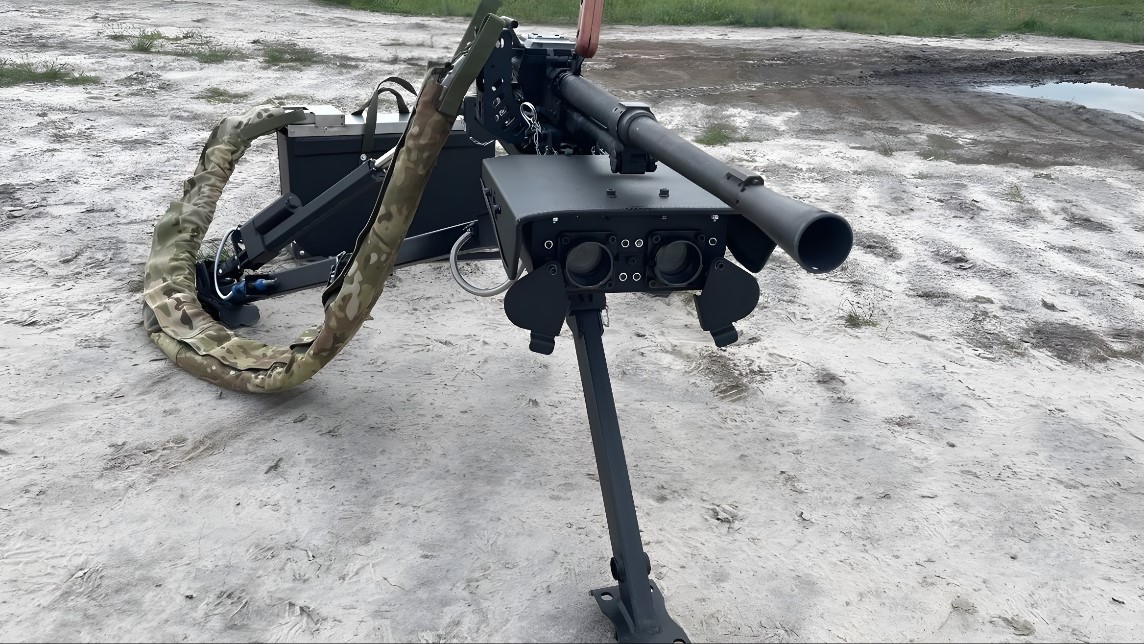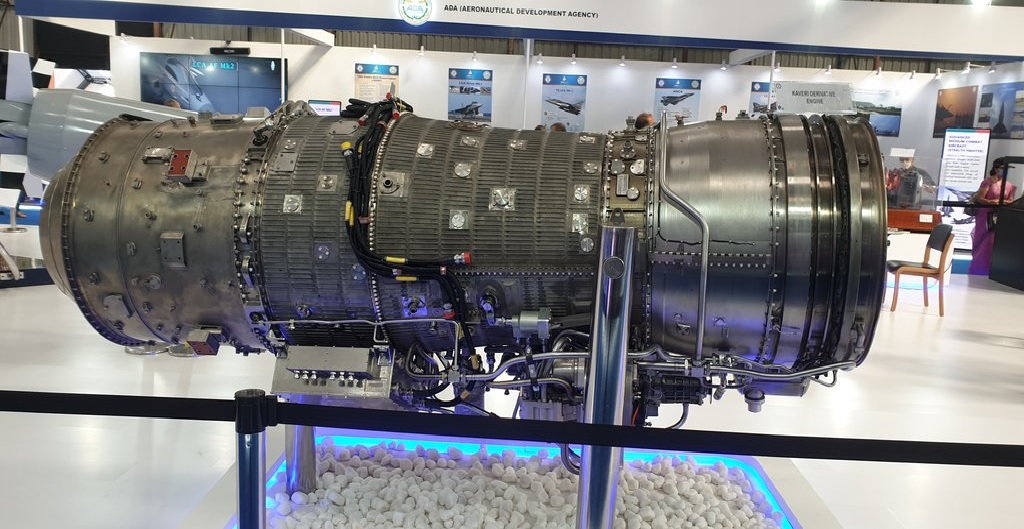New Zealand's First C-130J Super Hercules Completes Successful Flight Test in the US

Defense News
New Zealand
New Zealand's first C-130J Super Hercules military transport aircraft has successfully completed its initial flight test in the United States. The demonstration flight lasted 246 minutes over Georgia and Alabama, covering a distance of approximately 990 kilometers (615 miles) and reaching an altitude of 10,500 feet (3,200 meters).
This milestone comes after 18 months of construction by American defense contractor Lockheed Martin. The contract for the project, signed in 2019 under a foreign military sale with the US government, is valued at $1.4 billion. It includes five C-130Js, along with engines, spare parts, avionics, and communication systems.
The new C-130Js will gradually replace New Zealand's aging C-130H Hercules systems, which have been in service for over five decades. The fleet will be stationed at the Royal New Zealand Air Force Base Auckland and operated by the agency's No. 40 Squadron.
According to Air Force Chief Air Vice-Marshal Darryn Webb, the C-130J offers greater range, speed, and capacity compared to its predecessor, the C-130H. This modernization effort aims to enhance the interoperability between New Zealand and its closest defense partner, the Royal Australian Air Force.
In addition to the aircraft acquisition, New Zealand has been investing in training facilities. Last year, the country completed the initial construction phase of a flight simulator for C-130J pilots in Auckland. Lockheed Martin also received a $38-million contract in 2022 to supply a separate system to train C-130J operators on the aircraft's weapon systems.
The C-130J Super Hercules measures 34 meters (112 feet) in length, with a wingspan of 40 meters (131 feet). It is powered by 6-bladed propellers and four 4,637-horsepower turboprop engines, allowing for a maximum speed of 362 knots (670 kilometers/417 miles per hour) and reaching altitudes of up to 40,386 feet (12,310 meters). The aircraft is operated by three personnel and can carry up to 92 passengers.


